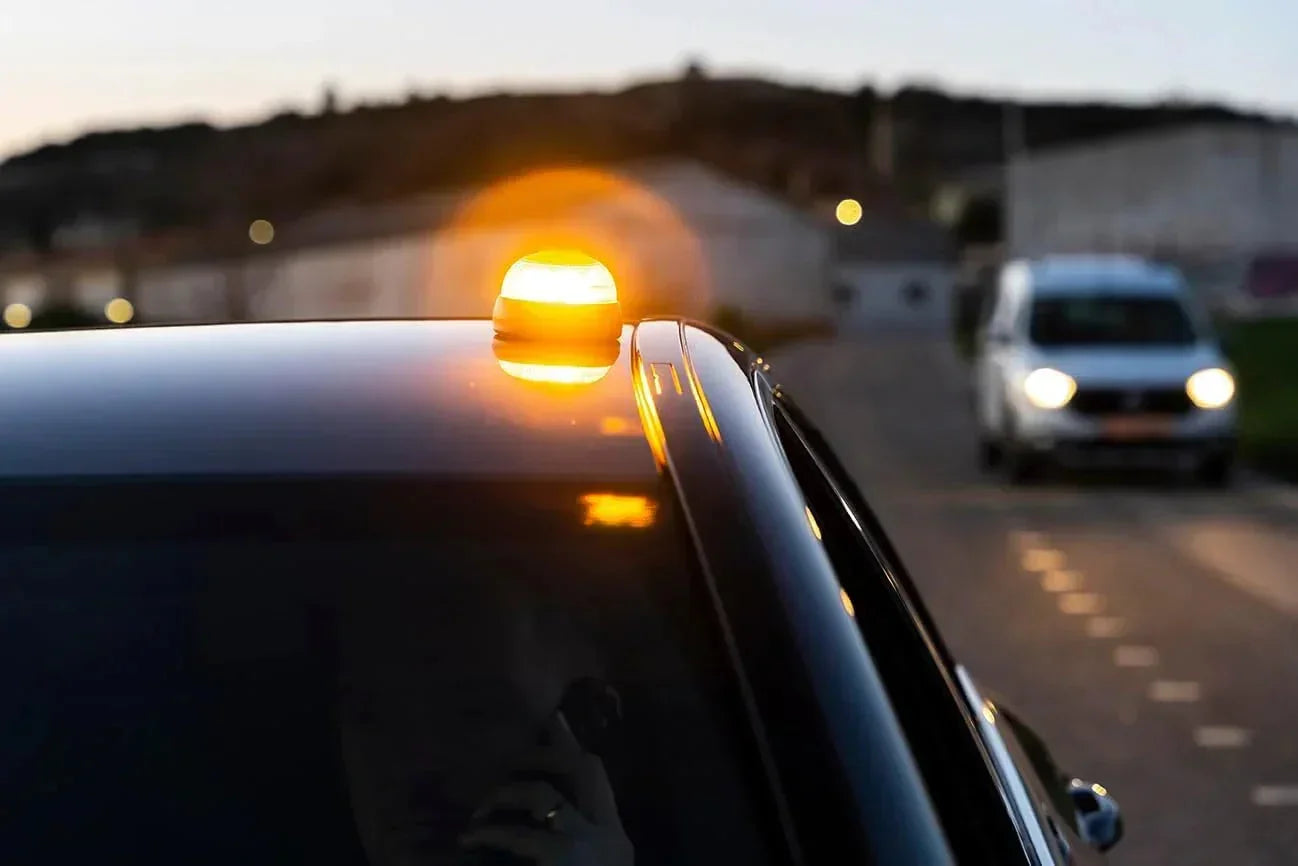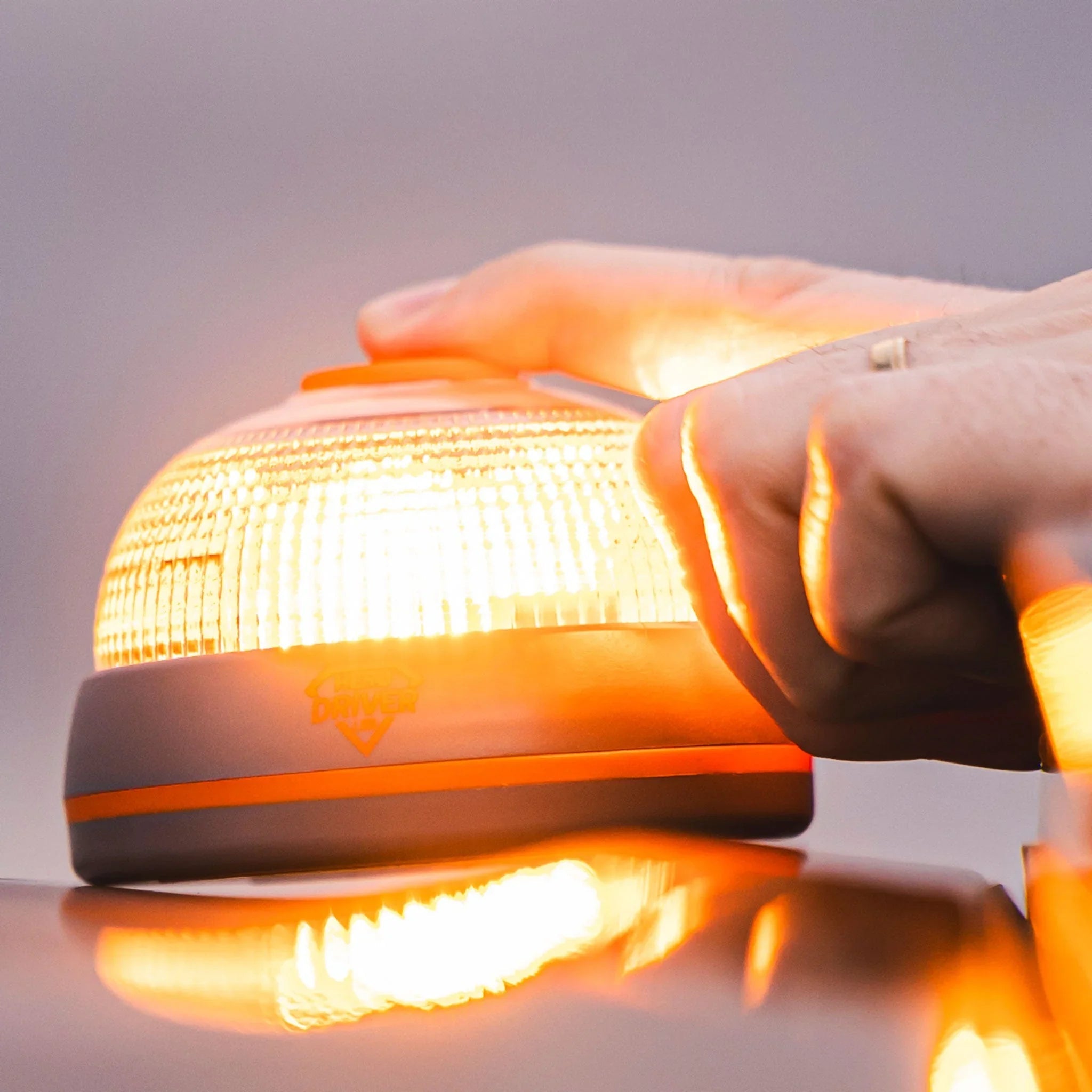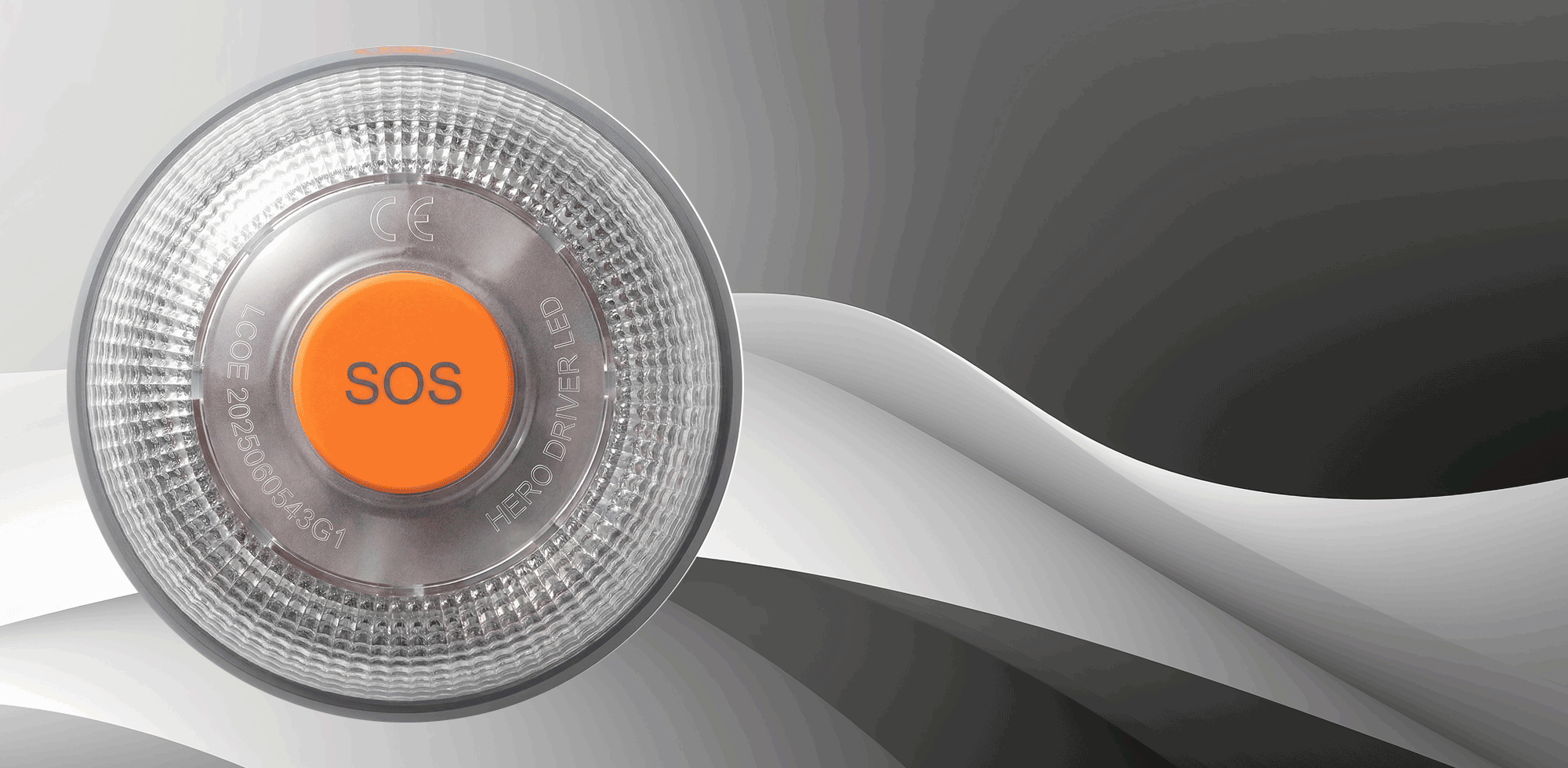Have you ever wondered what the connected V16 beacon is and why the DGT (Directorate General of Traffic) has made it mandatory? In this guide, discover everything you need to know about this new device, how it works, and its importance for road safety in Spain.
What is the V16 connected beacon?
The connected V16 beacon is an emergency vehicle warning device that transmits your location in the event of a breakdown or accident. It replaces traditional warning triangles and represents a step forward in road safety thanks to its direct connection to the DGT 3.0 cloud. This allows emergency services and other drivers to be notified in real time about your situation on the road, increasing protection and the speed of response to incidents.
Designed to be visible in low-visibility or risk situations, the connected V16 beacon uses LED technology and location systems, as well as incorporating its own connectivity (similar to a SIM module) to send relevant data to the Directorate General of Traffic. Its use will be mandatory in Spain starting January 1, 2026, but installing it before then can give you peace of mind and allow you to comply with regulations in advance.
Main components of the connected V16 beacon
These beacons stand out for their compact design and ease of use, but it's essential to understand their essential parts and how they work in their entirety.
- Rugged housing: Built to withstand extreme temperatures, humidity, and impacts, ensuring durability.
- High-intensity LED lights: Emits a powerful yellow flashing light, visible up to a kilometer, even in fog or heavy rain.
- Power supply: Generally works with a 9V alkaline battery to ensure autonomy in emergencies.
- Magnetic base: Allows for quick and secure installation on the vehicle's bodywork, without having to get out of the vehicle.
- GPS geolocation module: Detects your exact position when activated.
- Integrated connectivity system: An integrated SIM card that connects the beacon to the mobile network and, from there, to the DGT 3.0 platform to broadcast your location and status.
These components work in synergy to optimize road safety. If you experience a breakdown or accident, simply activate the beacon and place it on the roof of your car. The rest of the process is automatic: the device sends the alert to the Traffic Cloud, allowing other drivers and services to be informed of the incident in real time.
How does the connected V16 beacon work?
The connected V16 beacon is designed to be simple and effective in times of high stress.
- When you detect an emergency, you should stop in a safe place and activate the beacon from inside the vehicle.
- The flashing LED light immediately alerts other drivers to your presence.
- In parallel, the GPS system locates the vehicle and, thanks to the communication module, sends the information to the DGT 3.0.
- Other road users can receive alerts on their navigation devices or mobile traffic apps, increasing the prevention of secondary accidents.
- Additionally, emergency services have access to the precise location, shortening response times.
The great advantage over the traditional emergency triangle lies in its automation and connectivity. You no longer have to risk being hit by a vehicle to signal your vehicle: you can activate the warning from inside your car, and the traffic network will take care of the rest.
Why is the connected V16 beacon mandatory? Legal context and regulations
The new road legislation in Spain, promoted by the DGT, makes the V16 beacon mandatory starting January 1, 2026. What are the reasons for and implications of this measure?
Better prevention and safety
The main objective of this regulation is to reduce the high number of collisions and accidents that occur while drivers are displaying the warning triangle. Additionally, the connected V16 improves the response of emergency services by providing immediate data and real-time location information.
Integration with the DGT 3.0 ecosystem
The DGT 3.0 is Spain's digital traffic platform that centralizes road information. Connecting the V16 beacon to this cloud facilitates:
- Warning other drivers about specific incidents.
- Collecting anonymous data to better manage incidents and improve traffic flow.
- Localizing the incident quickly and accurately.
Technical requirements
According to the DGT, the connected V16 beacon must comply with certain standards:
- Certification according to current regulations (can be consulted on the DGT website).
- Minimum autonomy guaranteed in extreme conditions.
- With automatic connectivity without user intervention and a SIM or IoT system included for at least 12 years of service, Hero Driver offers connectivity until 2040.
- Clear approvals and visible markings ensure the device is approved by the DGT.
Remember that traditional triangles or unconnected V16 beacons can continue to be used until December 31, 2025, but after that, only the connected version will be valid to avoid penalties.
Benefits of the connected V16 beacon for drivers and roads
Adopting the connected V16 beacon before it becomes mandatory brings very significant advantages:
- Greater personal safety: Prevents you from having to exit your vehicle in a dangerous situation.
- Immediate and coordinated notification: Alert the rest of the road network and authorities of your situation in seconds.
- Ease and speed of use: Anyone without prior experience can use it correctly in just a few steps.
- Reduced response time: Geolocation helps emergency services arrive faster.
- Future-proof: You'll ensure compliance with regulations, avoiding fines and contributing to traffic modernization.
In addition to these individual benefits, the implementation of the connected V16 beacon helps society as a whole reduce the risk of road accidents and become part of a smarter and safer mobility system.
How to choose an approved connected V16 beacon?
If you decide to get ahead of the mandatory requirement, it's important to make sure you purchase an approved V16 connected beacon. Pay attention to:
- The approval marking visible on the device.
- Certificates and documentation provided by the manufacturer.
- The system must have connectivity for at least twelve years, without any additional hidden costs.
- Ease of use, battery life and durability.
Always check that your model is included on the official list of connected V16 beacons recognized by the DGT to avoid legal issues.
Differences between the connected V16 beacon and the traditional one
You may be wondering what differentiates the connected V16 beacon from the traditional model or emergency triangles. The key points are:
- Connectivity: The connected V16 automatically sends data to the DGT, while the traditional one only emits light.
- Mandatory: Only the connected one will be valid from 2026.
- Ease and safety: The connected version can be activated without leaving the car, saving time and risk.
Incorporating the connected V16 represents a technological and safety leap for all road users.
Where to buy the V16 connected beacon?
Currently, you can purchase connected V16 beacons at spare parts stores, large retailers, specialty stores, online platforms, and our website www.herodriver.es. Always remember to ask for information about the certification and duration of connectivity, and to keep the receipt in case you need it.
Investing in an approved connected V16 beacon means taking a risk with your safety and that of others, as well as allowing yourself plenty of time to adapt to new regulations.
Conclusion
The V16 connected beacon represents the future of road safety, ensuring a rapid and efficient response to emergencies. Don't wait until 2026 to adapt: enjoy its advantages today and drive safer, wherever you are.




